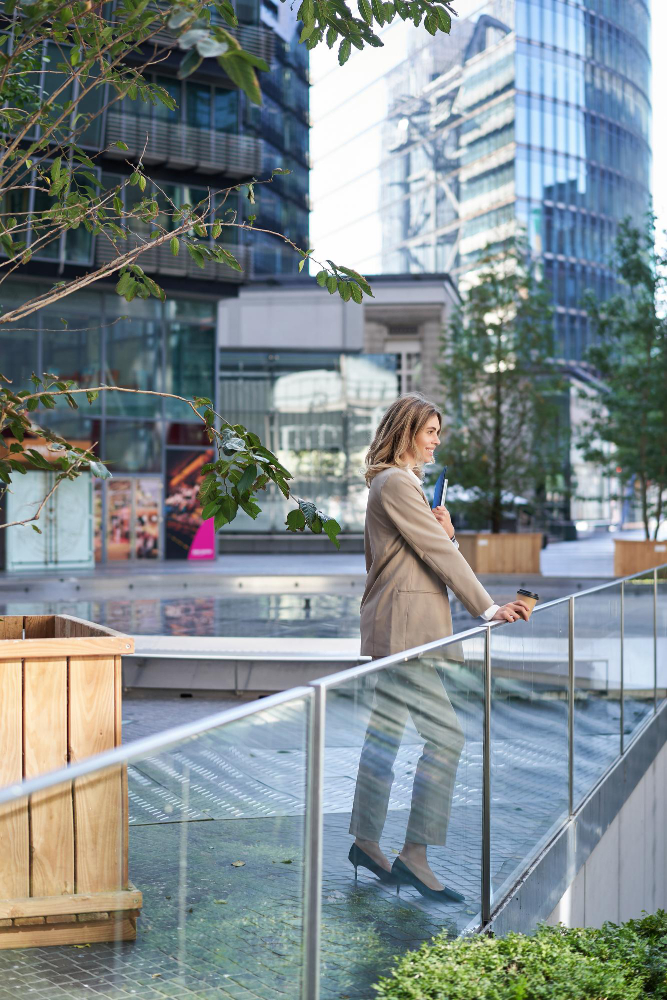Revitalizing Spaces: The Role of Imageability in Urban Design Development
- April 24, 2024
- 3 min

In our bustling cities, the dynamic field of urban design continually evolves, carving out environments that are not only functional but also enrich our daily lives. Imageability, a concept at the heart of urban design, plays a pivotal role in transforming urban spaces into memorable and engaging areas.
This blog post delves into the emerging patterns of imageability in urban design placemaking, exploring how these strategies are redefining the way we experience our cities.
Introduction to Imageability in Urban Design
Imageability refers to the qualities in a physical environment that make it recognizable, distinct, and memorable to those who navigate it. It is a key component in creating spaces that resonate with individuals, inviting them to connect and interact with their surroundings. As urban areas expand and change, integrating imageability into urban design development has become essential.
This integration ensures that new and reimagined spaces are not only aesthetically pleasing but are also vibrant hubs of activity that foster community and enhance the urban experience.
Enhancing Connectivity Through Design
One of the core aspects of implementing imageability in urban design development is enhancing connectivity. This involves creating designs that encourage movement and interaction. Urban planners are increasingly turning to layouts that prioritize pedestrian pathways, bike lanes, and public transit access.
By doing so, they create a tapestry of interconnected spaces that facilitate easy and enjoyable transit. These accessible designs make cities more livable and navigable, increasing the ease with which residents and visitors explore and engage with their environment.
Incorporating Local Identity
A city’s identity is closely tied to its culture, history, and community. Urban design development that embraces imageability seeks to incorporate these elements into the fabric of the urban environment. Through the use of local art, architectural styles that reflect the region’s history, and spaces that serve the community’s unique needs, urban planners create a sense of place. This approach not only beautifies the area but also strengthens the residents’ connection to their city, fostering pride and ownership.
Fostering Interactive Public Spaces
Interactive public spaces are vital for cultivating social interactions and community engagement. Urban design development that focuses on imageability often includes the creation of versatile public areas that can host a variety of activities. From open green parks to modular urban squares equipped with movable furnishings, these spaces invite people to gather, play, and relax. The versatility and functionality of such designs make urban areas more adaptable and responsive to the needs of the community.
Sustainability in Urban Design
Sustainability is increasingly at the forefront of urban design development, intertwining ecological health with the built environment. Imageability in this context emphasizes designs that are not only visually appealing but also environmentally responsible. This includes the integration of green roofs, energy-efficient lighting, and materials that reduce the carbon footprint.
By considering sustainability, urban planners ensure that the spaces they create are prepared for future challenges, making them enduring and resilient components of the urban landscape.
Technology and Innovation in Placemaking
The advent of technology has brought a new dimension to imageability in urban design. Smart urban furniture, interactive digital installations, and augmented reality experiences are becoming part of urban environments. These innovations enhance the sensory experience of the city and offer new ways for people to interact with their surroundings.
Urban design development that leverages technology not only caters to the digital age but also sets the stage for a future where physical and digital realms seamlessly converge.
The Future of Urban Design and Imageability
As we look to the future, the patterns of imageability in urban design are set to play an increasingly significant role in shaping our urban environments. By focusing on connectivity, local identity, interactive spaces, sustainability, and technological integration, urban planners are crafting cities that are more engaging, sustainable, and suited to the needs of their diverse populations. These developments in urban design not only enhance the aesthetic and functional aspects of cities but also deepen the relationship between individuals and their environments.
In embracing these emerging patterns, we are not just designing spaces; we are redefining the urban experience. The continued evolution of imageability in urban design development promises to transform ordinary areas into iconic and cherished parts of the urban fabric, ensuring that our cities continue to thrive as centers of culture, innovation, and community life. As we move forward, the integration of these principles will undoubtedly lead to more vibrant, inclusive, and dynamic urban landscapes.
Read More:
Placemaking in Urban Design
About Phil Myrick
Phil Myrick is an advisor to planning and development projects around the world and former CEO of Project for Public Spaces. Phil applies research into how people interact with their environments and each other to create vibrant places, destinations, districts, and developments. His strategic advice has helped his clients achieve their goals of attracting people, engaging people in their community, strengthening connections and social fabric, and stimulating economic development. Phil is married with two teenagers and struggles to satisfy his passion for being outdoors or on the water. https://philmyrick.com
